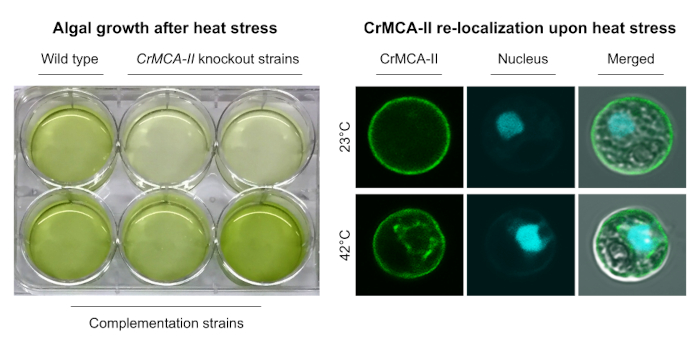
Thermoprotection by a metacaspase
The Plant Cell: In a NutshellZhou et al. examine the fundamental functions of metacaspases in the unicellular green alga Chlamydomonas reinhardtii.
https://doi.org/10.1093/plcell/koad289
By Yong Zou, Adrian N. Dauphinee, Simon Stael and Peter V. Bozhkov
Department of Molecular Sciences, Uppsala BioCenter, Swedish University…
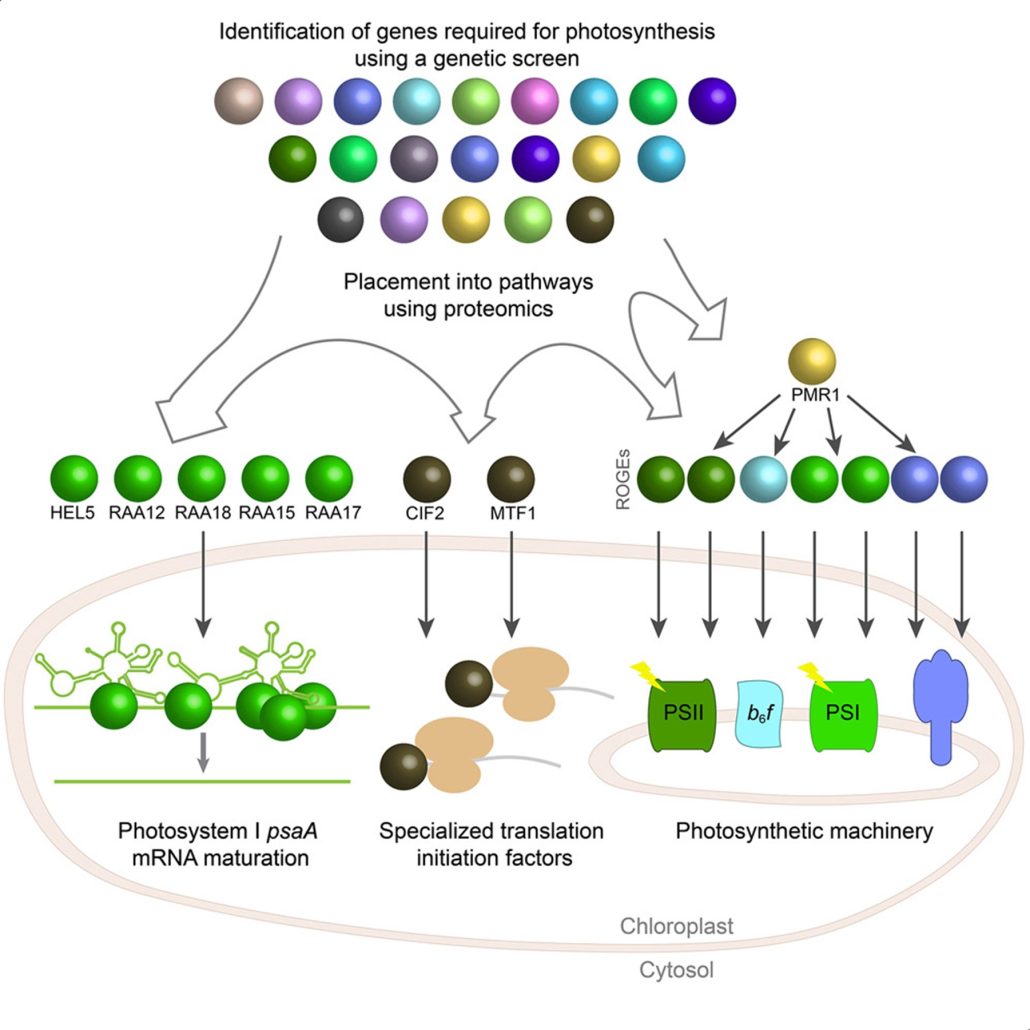
Breakthrough in the identification of photosynthesis genes in green algae
Plant Science Research WeeklyImagine the everyday delights of foods like bread, ramen, or sushi. Central to these culinary staples is starch, a product of the photosynthesis process in plants. Despite its critical role, people still do not fully understand the regulation and biogenesis of the photosynthesis machinery. In this study,…
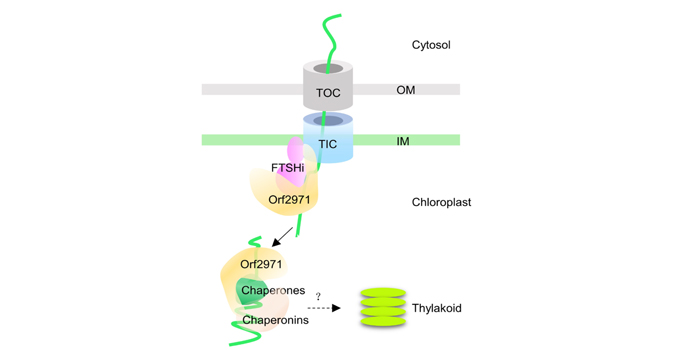
Orf2971: a link between chloroplast import and quality control in Chlamydomonas
The Plant Cell: In a NutshellXing et al. investigate the link between chloroplast import and quality control in Chlamydomonas reinhardtii. Plant Cell https://doi.org/10.1093/plcell/koac180
By Jiale Xing, Junting Pan and Wenqiang Yang
Background: The chloroplast is an important bioreactor as well as a photosynthetic site. Approximately…
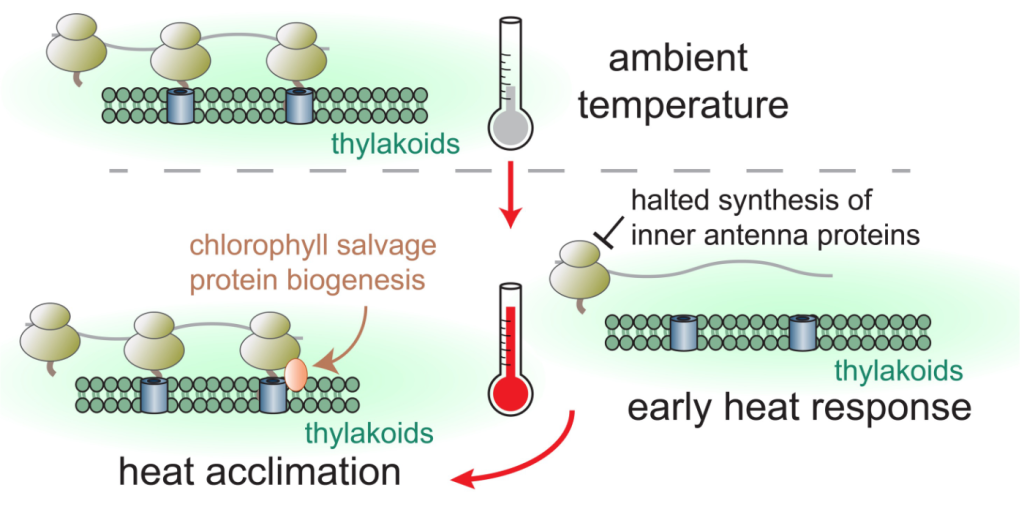
The chloroplast protein biogenesis network at the ribosome during heat acclimation
The Plant Cell: In a NutshellBy Raphael Tröscha, Fabian Riesb, Lisa Désirée Westrichb, Felix Willmundb, a Max Planck Institute of Molecular Plant Physiology, Am Mühlenberg 1, 14476 Potsdam-Golm, Germany; b Molecular Genetics of Eukaryotes, University of Kaiserslautern, Paul-Ehrlich-Str. 23, 67663 Kaiserslautern, Germany
Trösch,…
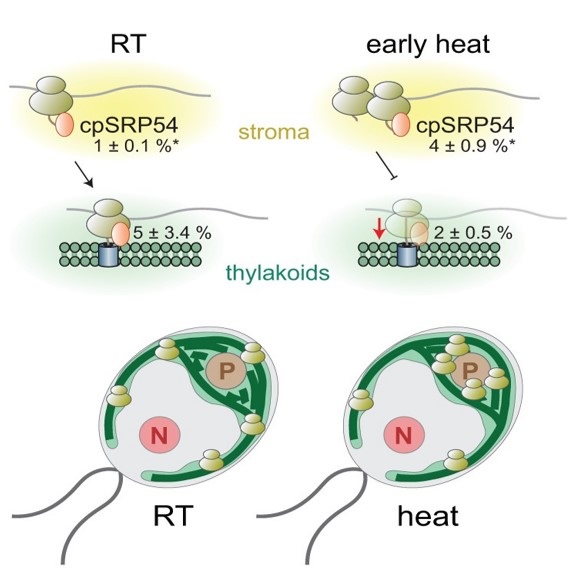
Fast and global reorganization of the chloroplast protein biogenesis network during heat acclimation (Plant Cell)
Plant Science Research WeeklyWith the rising climatological extremes, heat stress is a major concern towards sustainable crop yield and productivity as it impairs several physiological and developmental processes. Due to the sessile lifestyle of land plants, they undergo various acclimation responses to cope with fluctuating temperatures.…
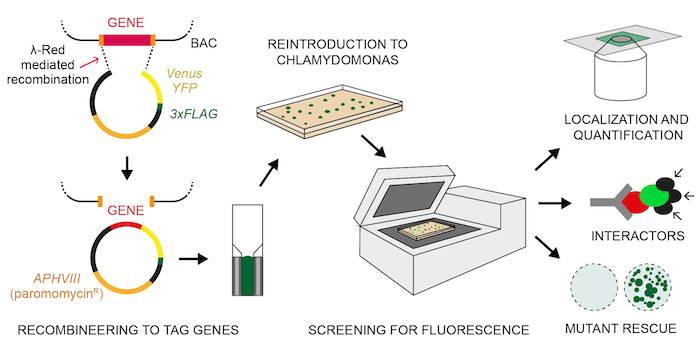
Size no longer matters: Cloning algal genes just became easier
The Plant Cell: In a NutshellEmrich-Mills and Yates et al. develop a method for the large-scale cloning of Chlamydomonas genes without sequence length or complexity limits. The Plant Cell (2021) https://doi.org/10.1093/plcell/koab024
By Tom Z. Emrich-Mills, Gary Yates, and Luke C.M. Mackinder
Background: Chlamydomonas…
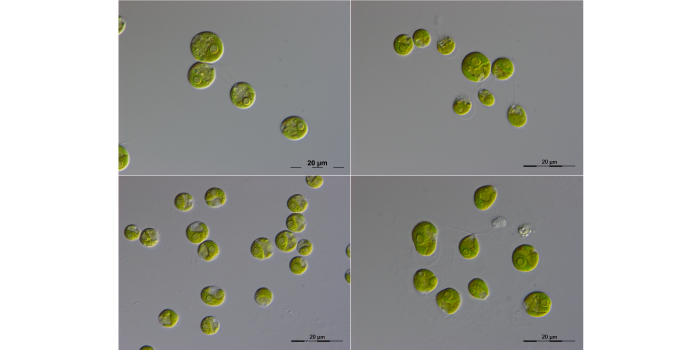
Chlamydomonas genomics: no longer going it alone
The Plant Cell: In a NutshellBy Rory J. Craig, Institute of Evolutionary Biology, University of Edinburgh
Craig and colleagues report the sequencing and gene annotations of close and more distant relative of the unicellular alga Chlamydomonas reinhardtii, an emerging model organism for plant biology.
Background: The single-cell…
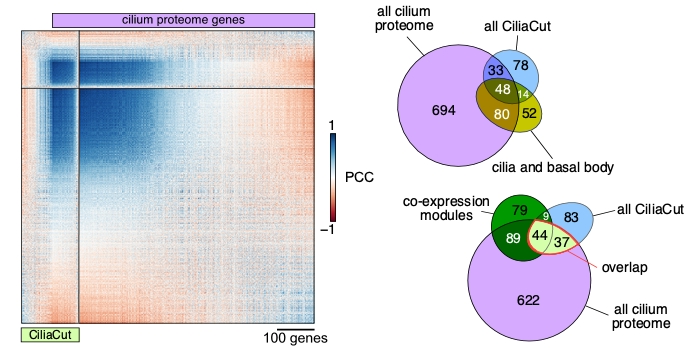
Chlamydomonas keeps the rhythm going
The Plant Cell: In a NutshellBy Patrice Salomé, Department of Chemistry and Biochemistry, UCLA, Los Angeles, CA
Salomé and Merchant analyze hundreds of RNA-seq samples in the single-cell green alga and discover vast co-expression potential and surprising residual synchronized expression across samples derived from cultures…
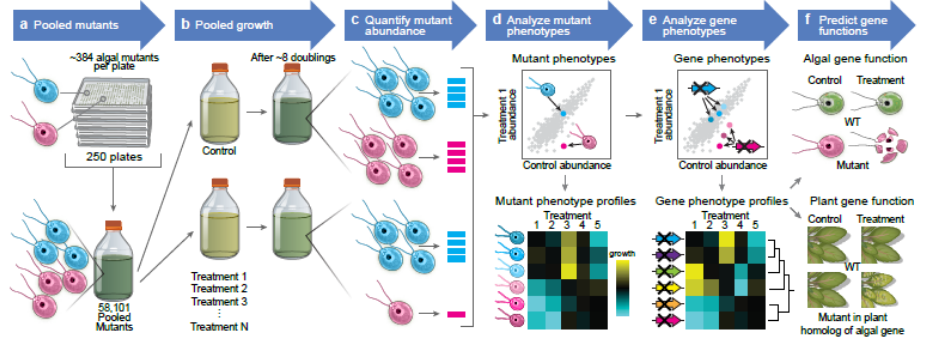
Systematic characterization of gene function in a photosynthetic organism (bioRxiv)
Plant Science Research Weekly
Vilarrasa-Blasi and coworkers described their impressive work on a huge barcoded Chlamydomonas collection, in which they screened almost 60,000 insertion mutants grown under a wide range of environmental and chemical stress conditions. The authors assessed genotype-phenotype specificity for almost…

